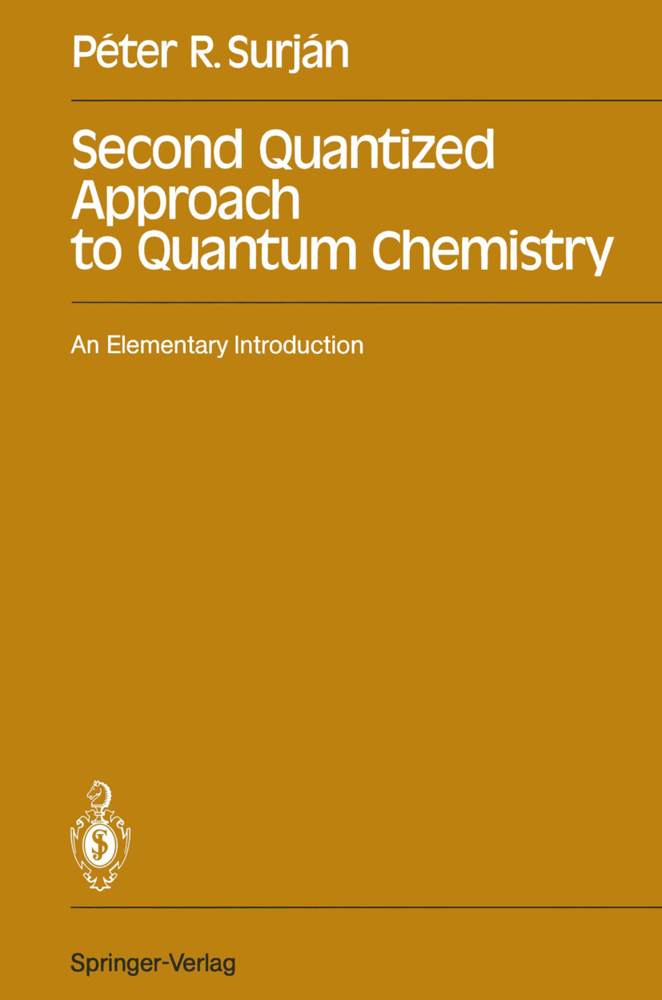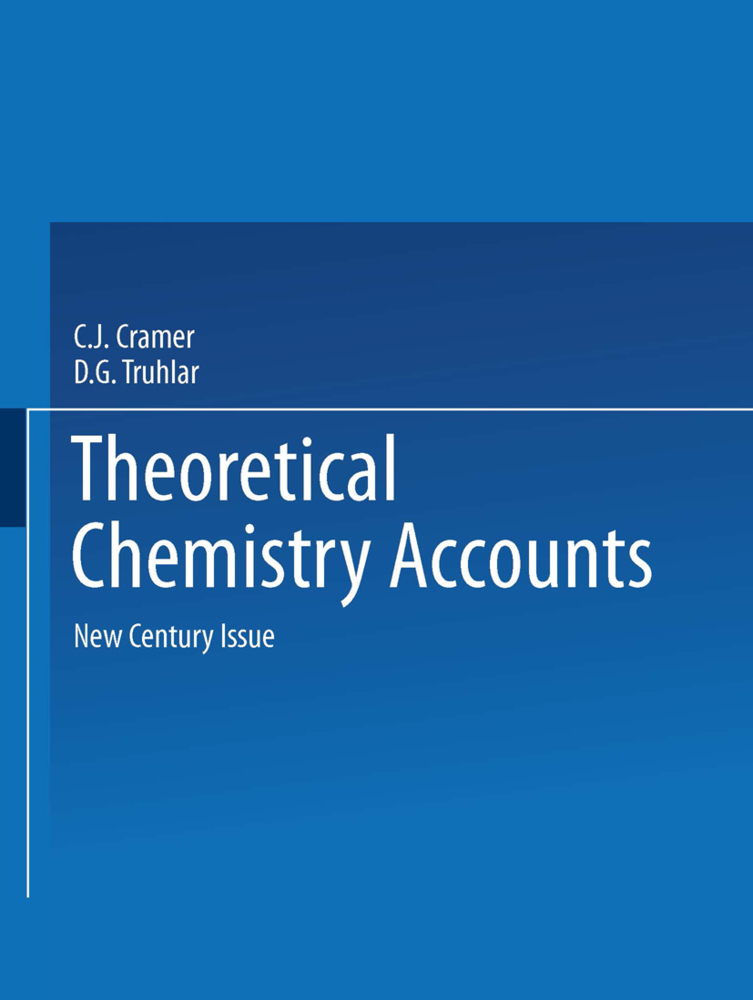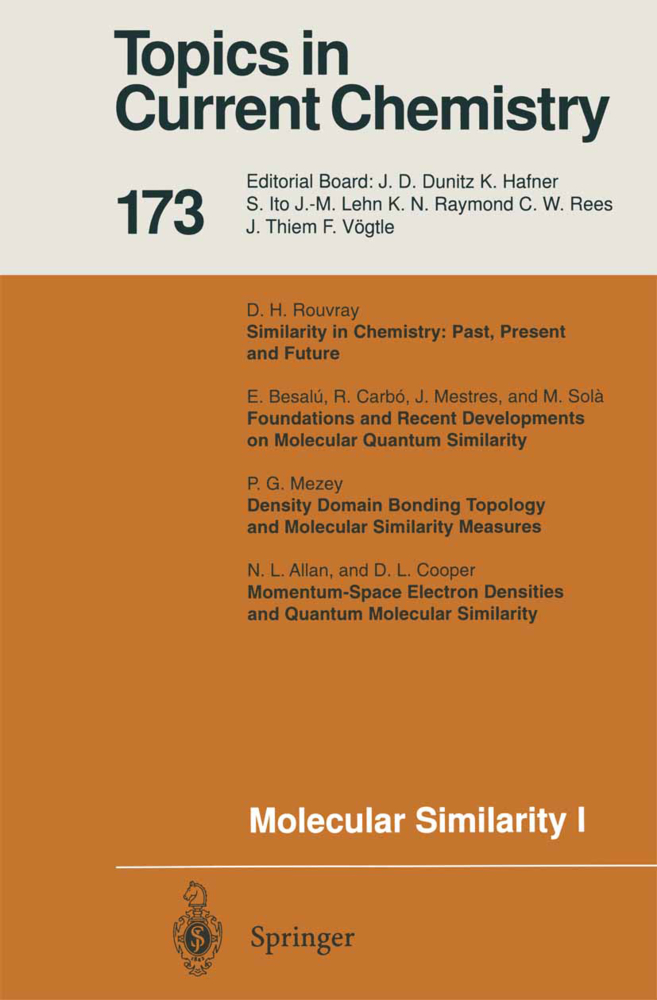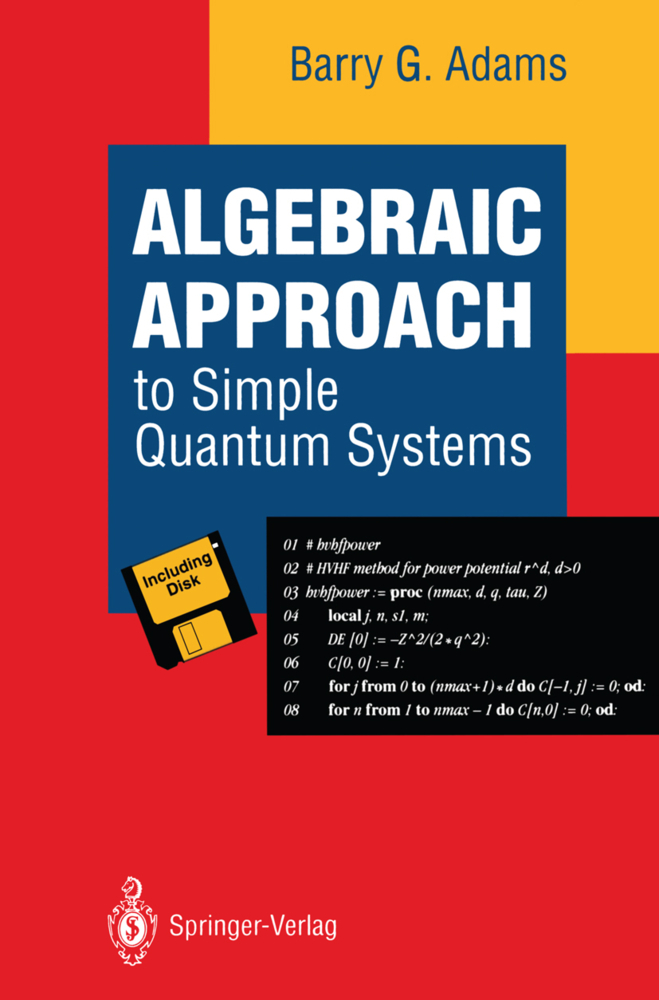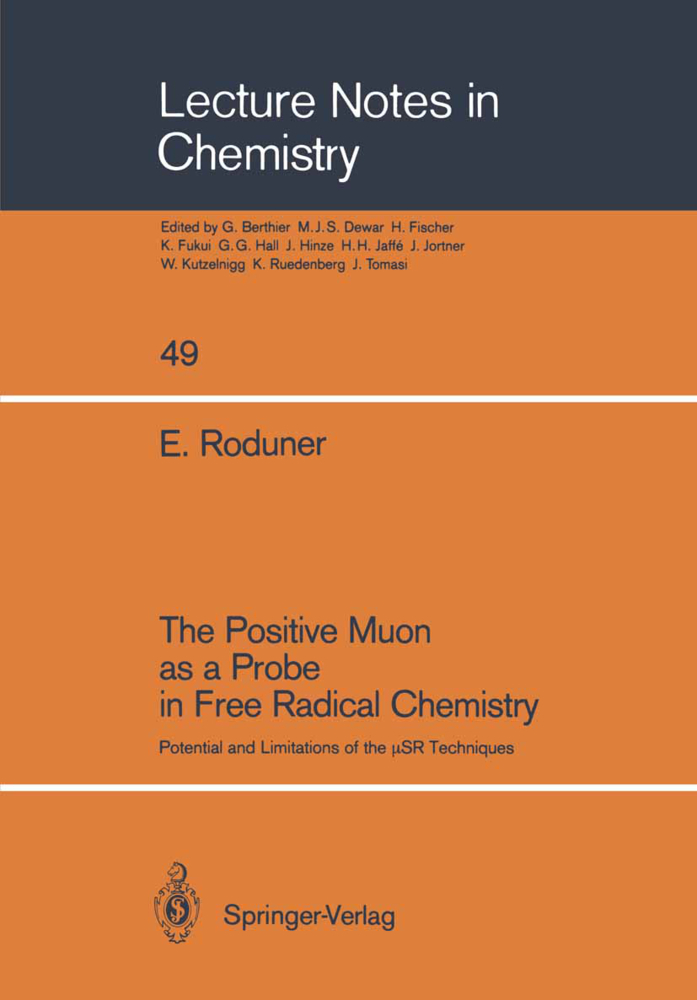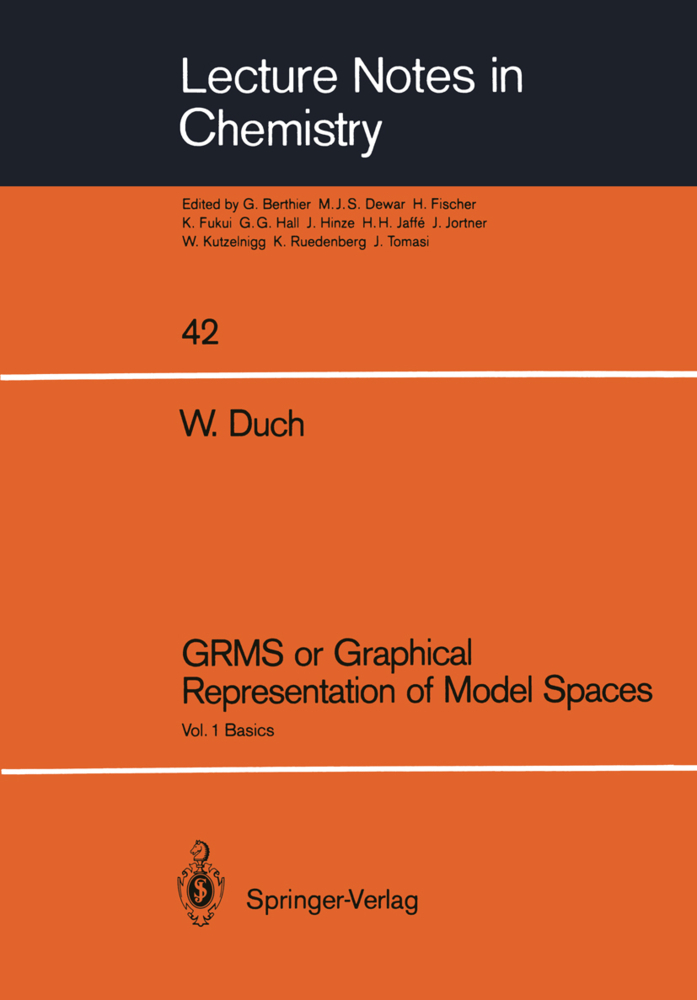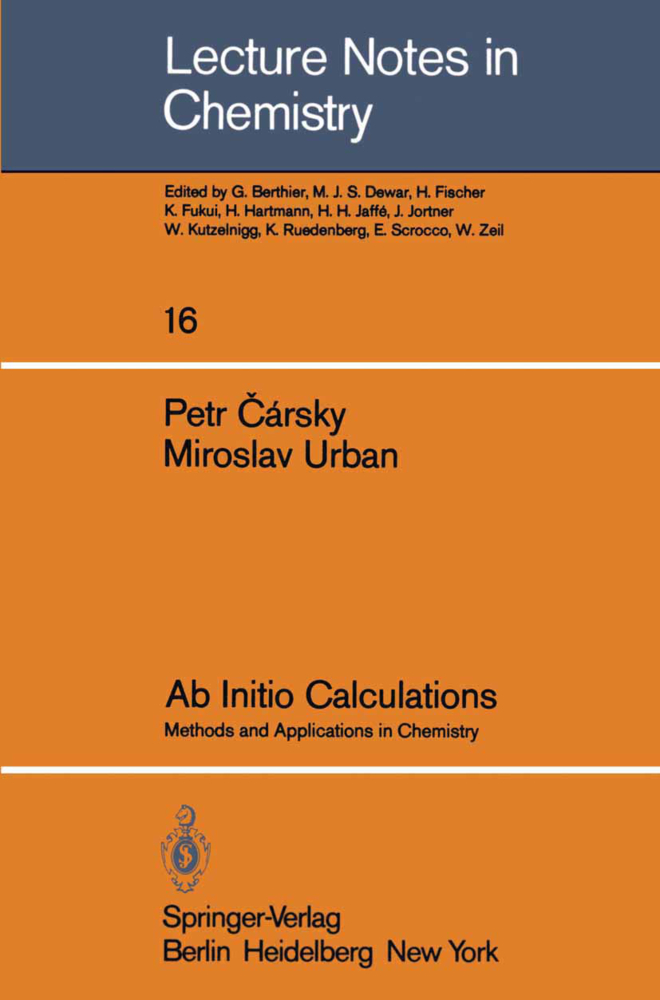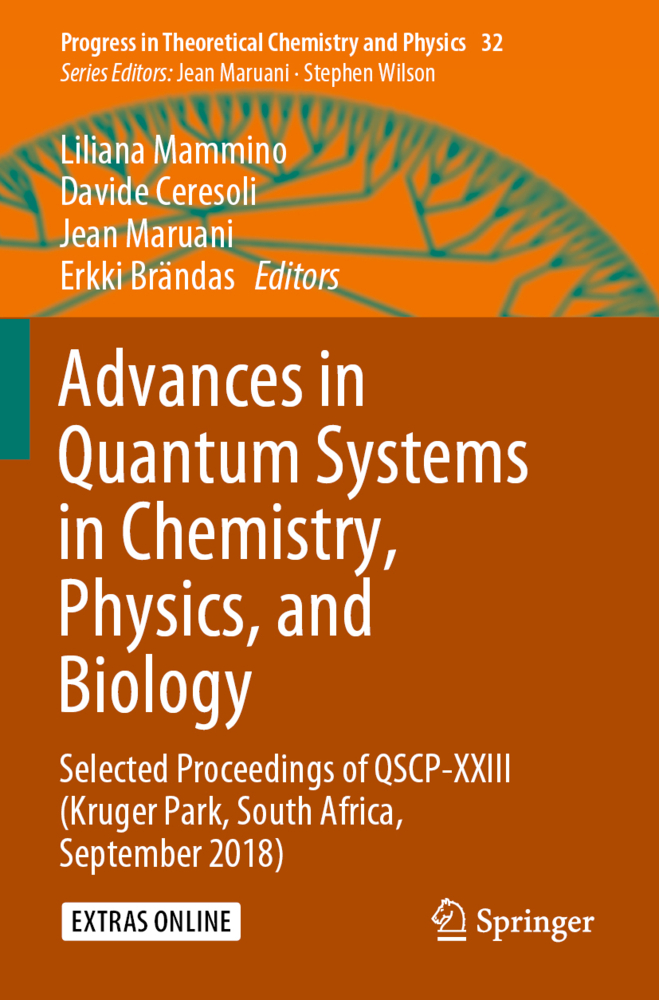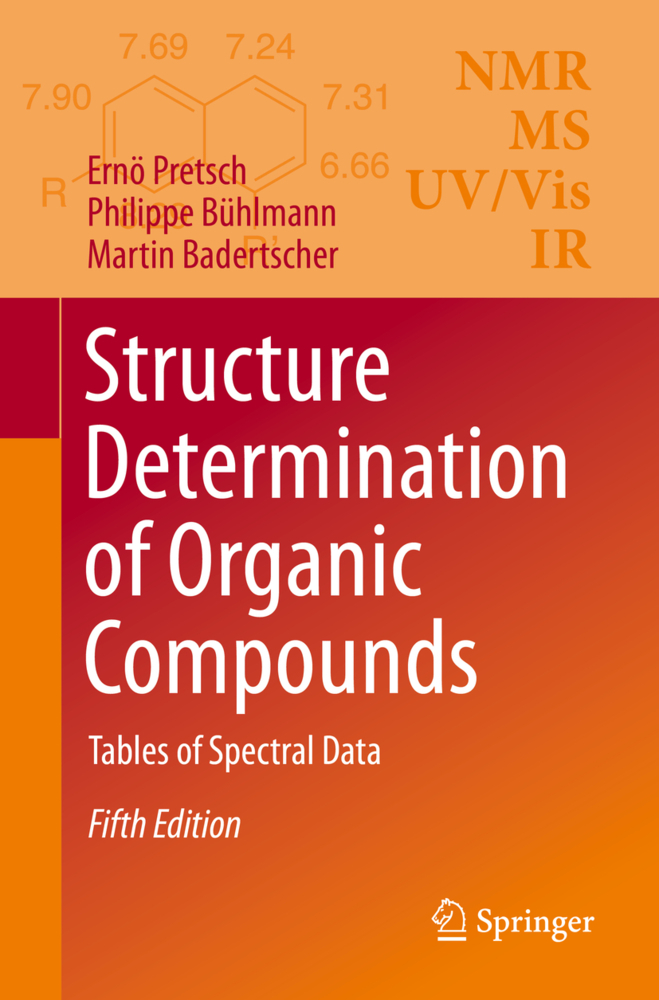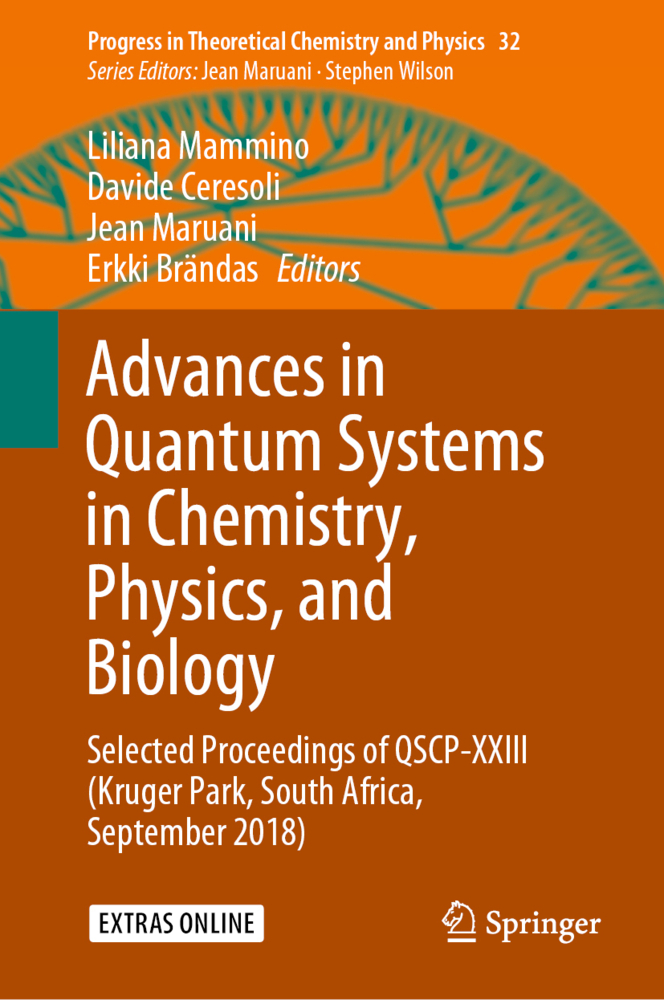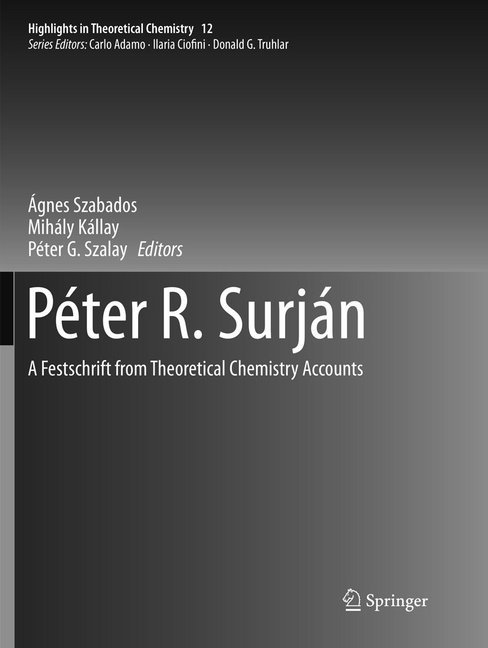Second Quantized Approach to Quantum Chemistry
An Elementary Introduction
Second Quantized Approach to Quantum Chemistry
An Elementary Introduction
The aim of this book is to give a simple, short, and elementary introduction to the second quantized formalism as applied to a many-electron system. It is intended for those, mainly chemists, who are familiar with traditional quantum chemistry but have not yet become acquainted with second quantization. The treatment is, in part, based on a series of seminars held by the author on the subject. It has been realized that many quantum chemists either interested in theory or in applications, being educated as chemi~ts and not as physicists, have never devoted themselves to taking a course on the second quantized approach. Most available textbooks on this topic are not very easy to follow for those who are not trained in theory, or they are not detailed enough to offer a comprehensive treatment. At the same time there are several papers in quantum chemical literature which take advantage of using second quantization, and it would be worthwhile if those papers were accessible for a wider reading public. For this reason, it is intended in this survey to review the basic formalism of second quantization, and to treat some selected chapters of quantum chemistry in this language. Most derivations will be carried out in a detailed manner, so the reader need not accept gaps to understand the result.
1.2 The One-Electron Model
2 Concept of Creation and Annihilation Operators
2.1 The Vacuum State
2.2 Creating Electrons
2.3 Particle Number Representation
2.4 Annihilating Electrons
2.5 Commutator Relation between Creation and Annihilation Operators
2.6 The Adjoint Relation - Role of Orthogonality of One-Particle States
2.7 Summary of the Properties of Creation/Annihilation Operators
3 Particle Number Operators
4 Second Quantized Representation of Quantum Mechanical Operators
4.1 General
4.2 One-Electron Operators
4.3 Two-Electron Operators
4.4 Second Quantized Form of the Born-Oppenheimer Hamiltonian
4.5 Hermiticity of Second Quantized Operators
5 Evaluation of Matrix Elements
5.1 Basic Matrix Elements
5.2 Concept of the Fermi Vacuum
6 Advantages of Second Quantization - Illustrative Examples
6.1 General
6.2 Overlap of two Determinants
6.3 Hückel Energy Expression
6.4 Interaction of Two Electrons
7 Density Matrices
7.1 First-Order Density Matrix
7.2 Second-Order Density Matrix
7.3 Hartree-Fock Energy Expression
8 Connection to "Bra and Ket" Formalism
9 Using Spatial Orbitals
10 Some Model Hamiltonians in Second Quantized Form
10.1 ?-Electron Hamiltonians
10.2 Particle-Hole Symmetry
10.3 All-Valence Electron Hamiltonians
10.4 The Hartree-Fock Hamiltonian
11 The Brillouin Theorem
12 Many-Body Perturbation Theory
13 Second Quantization for Nonorthogonal Orbitals
13.1 Anticommutation Rules
13.2 The Hamiltonian in Nonorthogonal Representations
13.3 Extended Hückel Theory
14 Second Quantization and Hellmann-Feynman Theorem
14.1 General
14.2 Variation of Energy-Orthogonal Basis Set
14.3 Variation of Energy-NonorthogonalBasis Set
14.4 Special Case: The SCF Gradient Formula
15 Intermolecular Interactions
15.1 The Operator for Interaction
15.2 Symmetry-Adapted Perturbation Theory
16 Quasiparticle Transformations
16.1 One-Particle Transformations
16.2 Two-Particle Transformations
16.3 A Theory of the Local Chemical Bond
17 Miscellaneous Topics Related to Second Quantization
17.1 Spin Operators and Spin Hamiltonians
17.2 Unitary Group Approach
18 Problem Solutions
19 References.
1 Introduction
1.1 Importance of Second Quantization1.2 The One-Electron Model
2 Concept of Creation and Annihilation Operators
2.1 The Vacuum State
2.2 Creating Electrons
2.3 Particle Number Representation
2.4 Annihilating Electrons
2.5 Commutator Relation between Creation and Annihilation Operators
2.6 The Adjoint Relation - Role of Orthogonality of One-Particle States
2.7 Summary of the Properties of Creation/Annihilation Operators
3 Particle Number Operators
4 Second Quantized Representation of Quantum Mechanical Operators
4.1 General
4.2 One-Electron Operators
4.3 Two-Electron Operators
4.4 Second Quantized Form of the Born-Oppenheimer Hamiltonian
4.5 Hermiticity of Second Quantized Operators
5 Evaluation of Matrix Elements
5.1 Basic Matrix Elements
5.2 Concept of the Fermi Vacuum
6 Advantages of Second Quantization - Illustrative Examples
6.1 General
6.2 Overlap of two Determinants
6.3 Hückel Energy Expression
6.4 Interaction of Two Electrons
7 Density Matrices
7.1 First-Order Density Matrix
7.2 Second-Order Density Matrix
7.3 Hartree-Fock Energy Expression
8 Connection to "Bra and Ket" Formalism
9 Using Spatial Orbitals
10 Some Model Hamiltonians in Second Quantized Form
10.1 ?-Electron Hamiltonians
10.2 Particle-Hole Symmetry
10.3 All-Valence Electron Hamiltonians
10.4 The Hartree-Fock Hamiltonian
11 The Brillouin Theorem
12 Many-Body Perturbation Theory
13 Second Quantization for Nonorthogonal Orbitals
13.1 Anticommutation Rules
13.2 The Hamiltonian in Nonorthogonal Representations
13.3 Extended Hückel Theory
14 Second Quantization and Hellmann-Feynman Theorem
14.1 General
14.2 Variation of Energy-Orthogonal Basis Set
14.3 Variation of Energy-NonorthogonalBasis Set
14.4 Special Case: The SCF Gradient Formula
15 Intermolecular Interactions
15.1 The Operator for Interaction
15.2 Symmetry-Adapted Perturbation Theory
16 Quasiparticle Transformations
16.1 One-Particle Transformations
16.2 Two-Particle Transformations
16.3 A Theory of the Local Chemical Bond
17 Miscellaneous Topics Related to Second Quantization
17.1 Spin Operators and Spin Hamiltonians
17.2 Unitary Group Approach
18 Problem Solutions
19 References.
Surjan, Peter R.
| ISBN | 978-3-642-74757-1 |
|---|---|
| Medientyp | Buch |
| Copyrightjahr | 2011 |
| Verlag | Springer, Berlin |
| Umfang | XIII, 184 Seiten |
| Sprache | Englisch |

